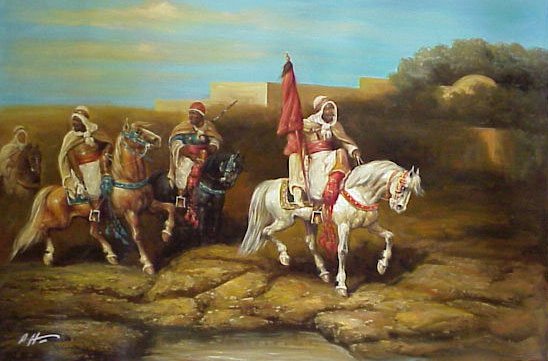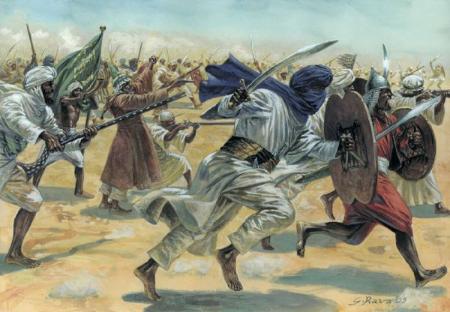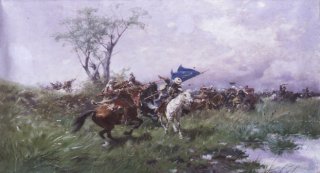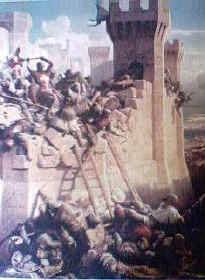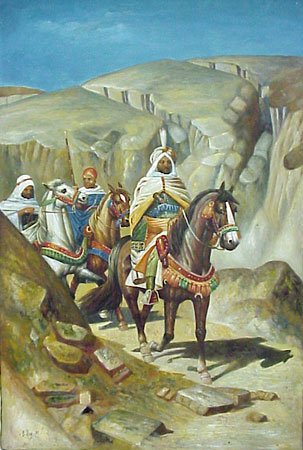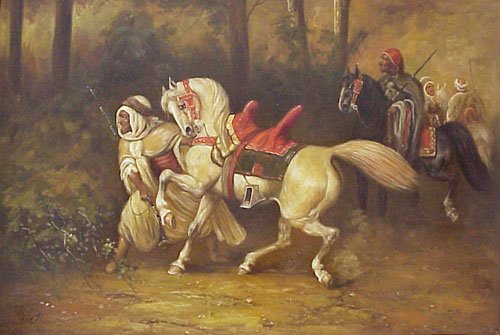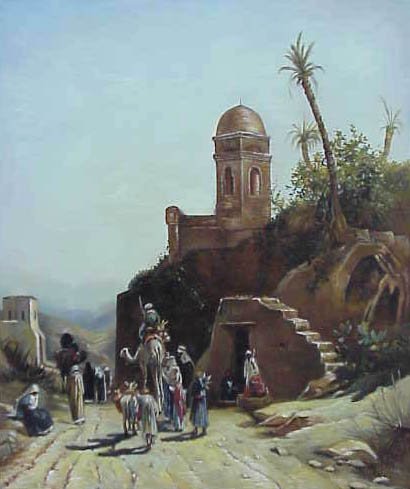AHMED_GUREY
IB Veteran
- Messages
- 527
- Reaction score
- 71
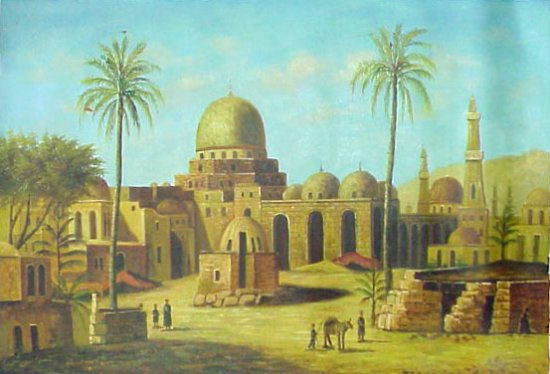
It was on the 13th century that came to the light, in Horn of Africa, one of the strongest Empire that existed in East Africa. Adal Empire had its origine in the city of Zeyla, situated until today in the northern region of the former Democratic Republic of Somalia. The father of that State was King Omar D. Ahmed (nicknamed Aw-Barkhadle). The king who had a long life, occupied the throne for many years. When he passed away, he left behind him many children, mainly males. Among them, the successors to the throne who inherited the kingdom. Later, Adal Empire became an Islamic Empire that expanded the religion of Islam with determination, into the entire Horn of Africa.
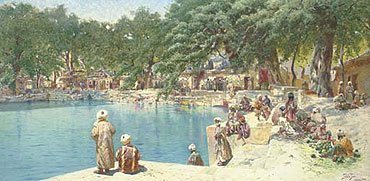
Adal Empire was composed of seven (7) States. According to the size of their land and the military forces of each state, here is their names: Ifaad, Dawaaro, Araabiini, Hadaya, Sharqa, Baali and Daara, where each of them had its own government. The largest and strongest State Ifaad, known from Egypt and "Shaam" as Zeyla's land, became later the dominant and the central one with its capital city of Zeyla. Ifaad will lead the entire Empire and will face many challenges. According to the historians of that period, Ifaad was large as 20 days of walk from North to South and 15 days of walk from East to West. Its military force was composed of 15000 cavaliers and 20000 of infantries
In a book titled "Masaalikal-Absaar"(this is in Somali spelling), the Egyptian author, Subhul Ahsha mentioned that Zeyla was the nucleus city of Adal Empire. Continuing into the description of this city, he added that Zeyla was "The City of Light", which had many Mosques and many schools, where all kind of subjects were taught. In fact, Mr. Ahsha described Zeylac as "The Place" where one can acquire any kind of knowledge that may be taught in that period of time. The author added in his description that the people were 100% Muslim. Mr. Ahsha said that they were gathering in large number into the Mosques of the city, as faithful believers to Islam. According to this writing, these Mosques could be compared to the municipal libraries that can be found today in big cities of our century. In addition of that, schools were places where people use to enjoy meeting, share knowledge, discuss about social issues and debate intellectually. As a matter of fact, Zeyla was known as the place where the knowledge was at the merci of everyone.
Remarked by its faithful actions, other Islamic States in the world called Adal Empire "Diraasal-Islaam".
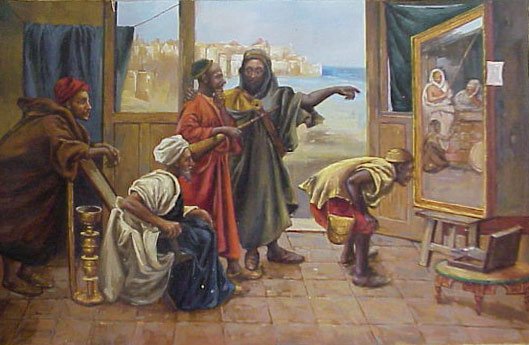
The Walashma dynasty was a Muslim noble family who ruled parts of what is now eastern Ethiopia, Djibouti, southern Eritrea and western Somalia. The earliest known member of this family was Umar ibn Dunya-huz (died 1275), whose son Ali ibn Wali Ashma conquered the Muslim kingdom of Shewa.
List of rulers of the Walashma dynasty
Haqq ad-Din I
Sabr ad-Din I
Jamal ad-Din I
Ali ibn Sabr ad-Din
Ahmad ibn Ali
Haqq ad-Din II
Sa'ad ad-Din II
Sabr ad-Din II
Mansur ad-Din
Jamal ad-Din II
Badlay ibn Sa'ad ad-Din
Muhammad ibn Badlay
Shams ad-Din ibn Muhammad
Muhammad ibn Azhar ad-Din
Abu Bakr ibn Muhammad
Umar Din
Ali ibn Umar Din
Barakat ibn Umar Din
Muslim-Christian relations soured during the reign of the aggressive Negus Yeshaq (ruled 1414-29). Forces of his rapidly expanding empire descended from the highlands to despoil Muslim settlements in the Valley East of the ancient city of Harer. Having branded the Muslims "enemies of the Lord," Yeshaq invaded the Muslim Kingdom of Ifat in 1415. He crushed the armies of Ifat and put to flight in the wastes along the Gulf of Tadjoura (in present-day Djibouti) Ifat's king Saad ad Din. Yeshaq followed Saad ad Din to the island off the coast of Saylac (which still bears his name), where the Muslim king was killed. Yeshaq compelled the Muslims to offer tribute, and also ordered his singers to compose a gloating hymn of thanksgiving for his
victory. In the hymn's lyrics, the word Somali appears for the first time in written record.
a century later the Muslims had recovered sufficiently to break through from the east into the central Ethiopian highlands. Led by the charismatic Imam Ahmad Guray

